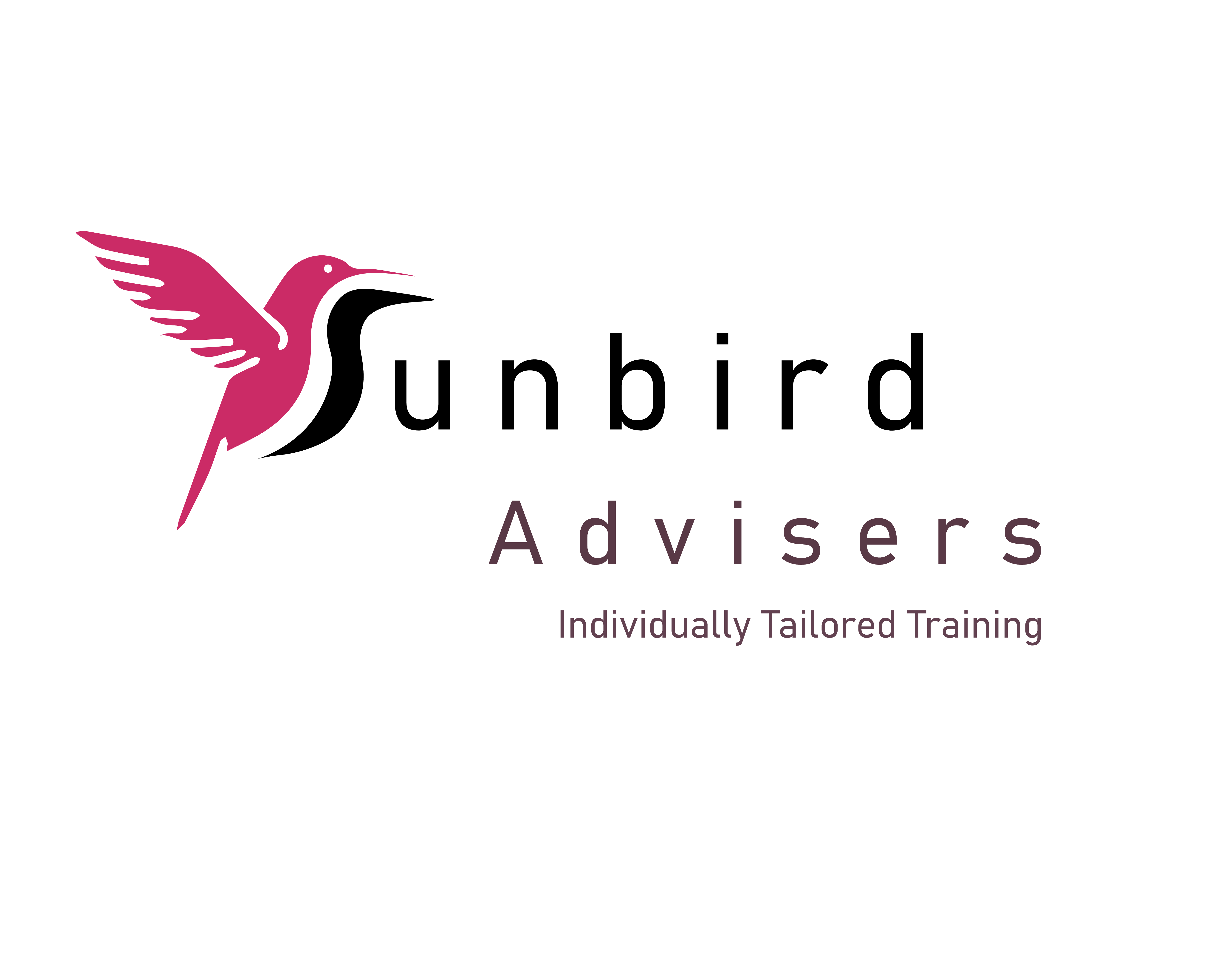So often, training companies offer full day courses as a standard. There are occasions where a full day course is the only viable option. However, from a learning point of view, shorter half-day courses are so much more beneficial.
There are less last minute cancellations when people attend short courses, even if there is an early morning drama when they arrive at their desk in the morning, they can assure their team, that they won’t be leaving them for a whole day and will be back by lunchtime to help with the disaster awaiting them!
Similarly, people are so busy at work these days, that the longer they are away from their desk, the more their minds wander, and they start stressing about what they are missing, or what fire they might need to put out when they get back to their desk. In shorter courses, the participants know that they are coming back to their desk in a couple of hours, and are so much more focused when they are in the training.
Even if there is a full day of training content required to be covered, if these are split into two half-day courses, then especially in the case of Excel or PowerPoint, then the content can be practised in between the two sessions. This means that the second session is so much more beneficial, as they can ask questions on the topics that they learnt in the first part of the course and the examples that they had practised in between.
When there are two half-day courses instead of a full day course, there is time for a recap at the beginning of the second session, which helps consolidate the information covered in the first session.
Don’t just take our word for it – here is a recent testimonial for a Sunbird Advisers small group Excel training course: “Great knowledge. I liked how we recapped each topic we went through. I liked the way the sessions were split into practical and demonstrating. Very good training – I have learnt a lot and have good material to refer back to”.
Click here to make an enquiry for a short half-day course of Excel, PowerPoint, Word or Outlook.

